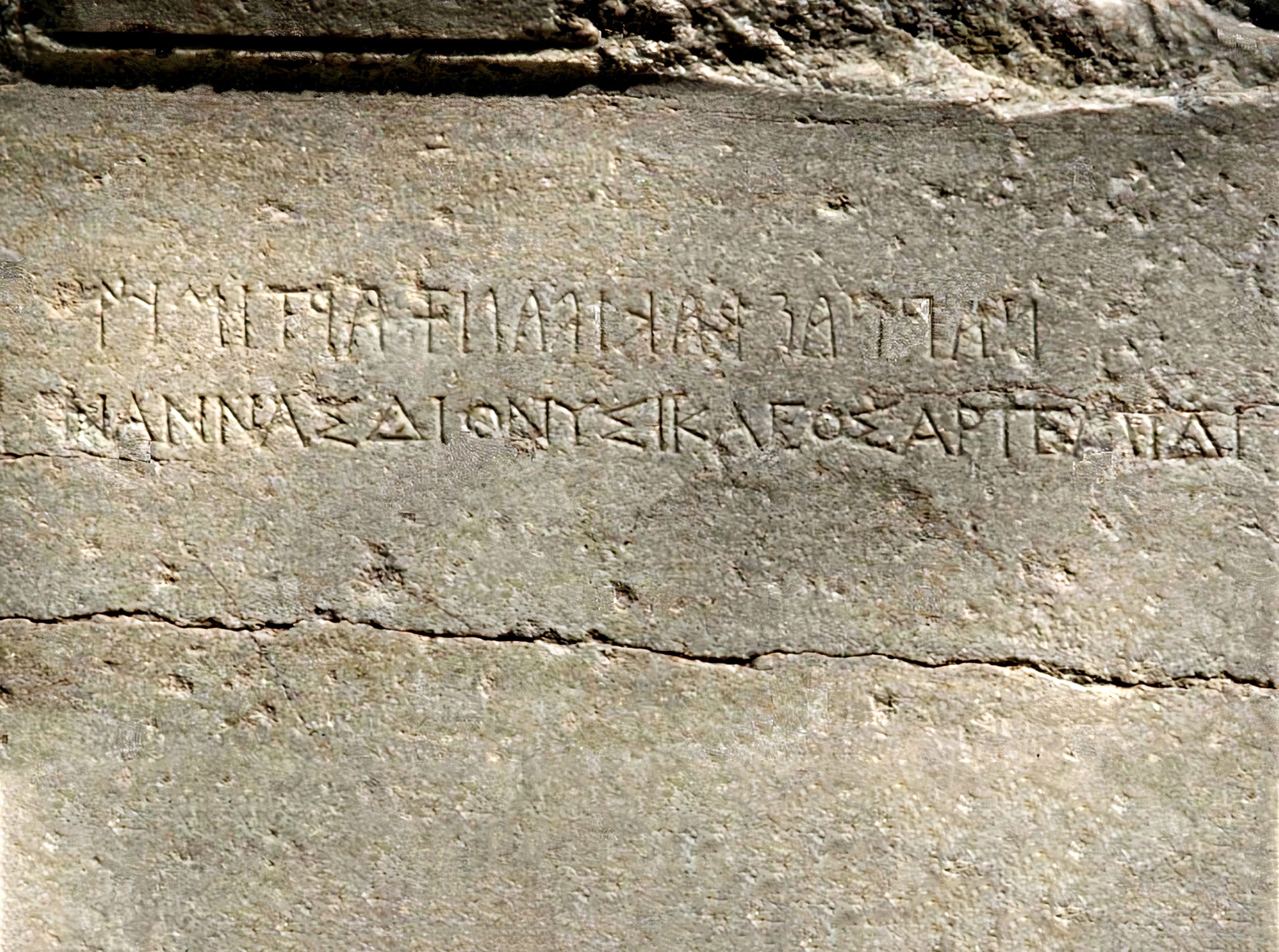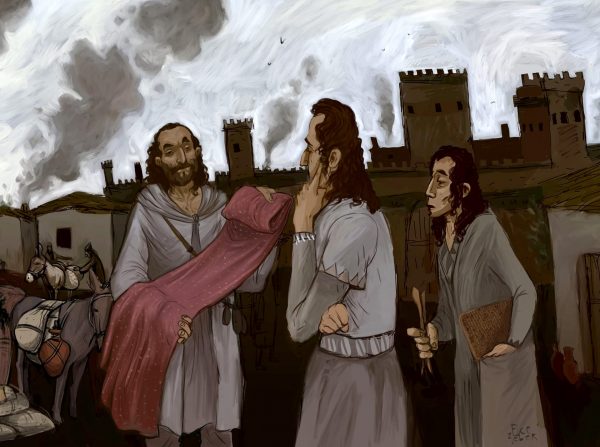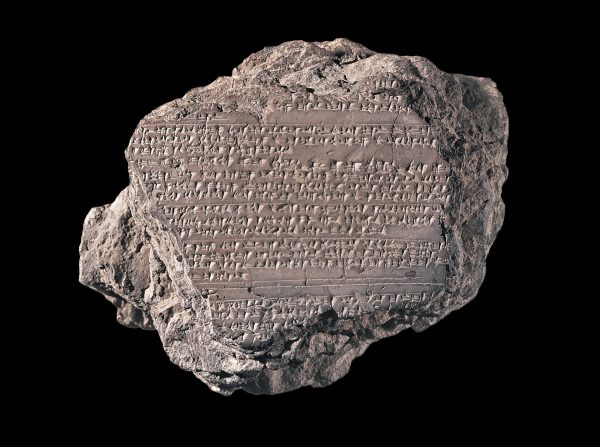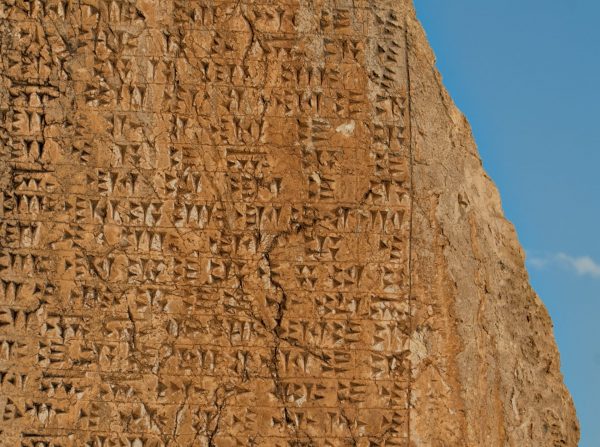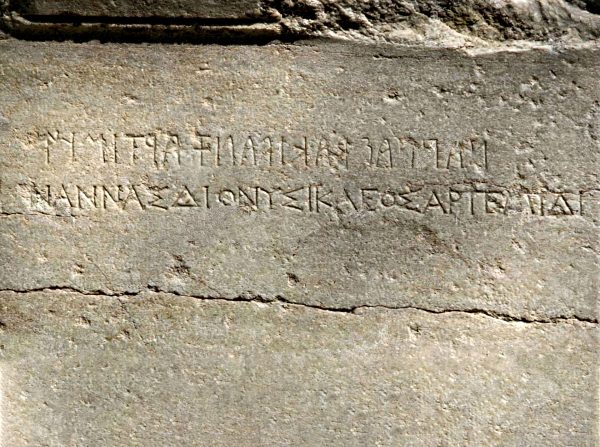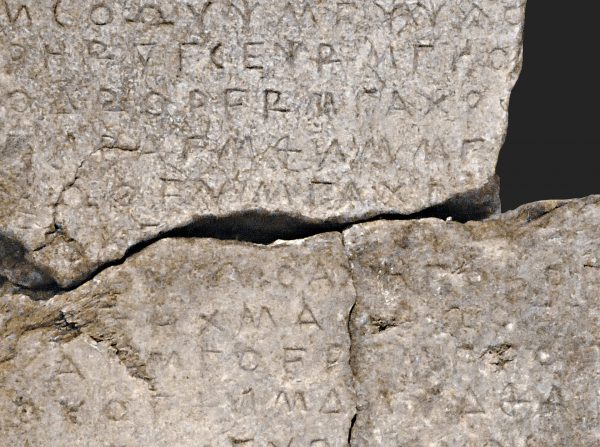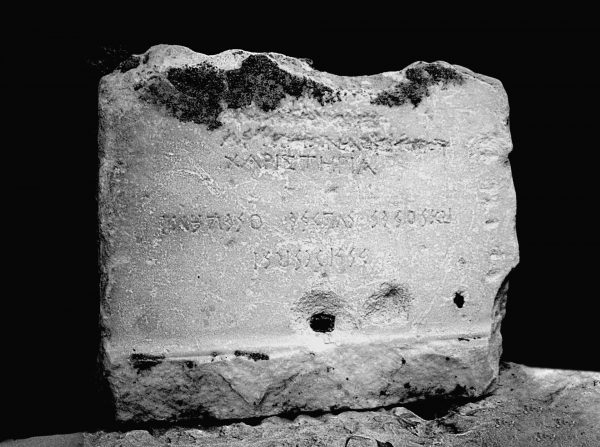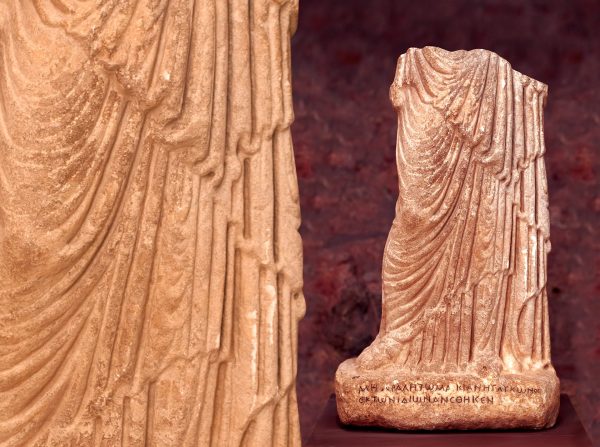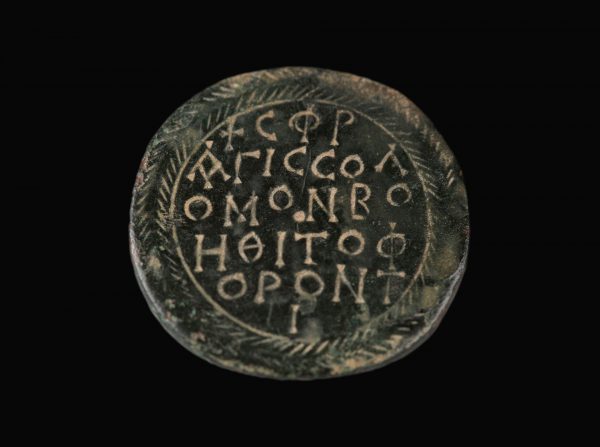The earliest written documents belonging to Lydians, who ruled over Western Anatolia, are dated to 7th century BC. A part of the Indo-European language family used in Anatolia, Lydian is related to the languages of Anatolian populations of the Bronze Age. The pronoun amu (“I”) in Lydian is pronounced as ammug in Hittite and as amu/emu in Hieroglyphic Luwian. Comprised of 8 vowels and 18 consonants, the Lydian alphabet of 26 letters is quite possibly adopted from Phoenician. Although it is written from left to right in earlier documents, Lydian generally written from right to left without any spaces. The syntax has been deciphered largely due to the bilingual inscriptions of Lydian-Hellenic and Lydian-Aramaic. However, it is possible to say that Lydian is still not deciphered in terms of lexical meaning.

